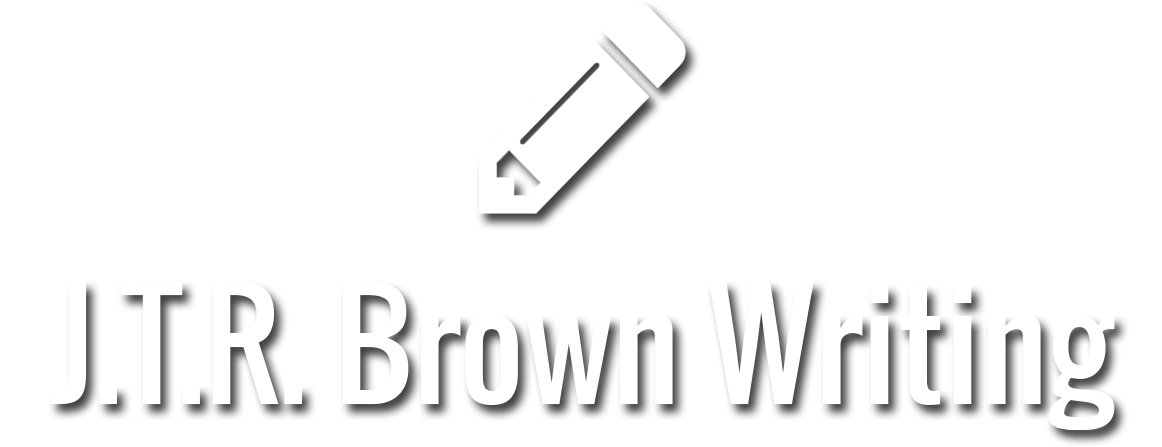Has WWE actually learned from its mistakes?
A popular member of the former Shield faction got over with the fans. Vince saw him as the new babyface of the company, ready to fill the recently vacated shoes of John Cena. They pushed him too hard and the crowd turned on him. Sound familiar? It is the story of Roman Reigns and has also become the story of Seth Rollins. But this time, it’s different.
They are listening to the fans. Instead of stubbornly pushing said performer as the hero-of-ages like they did with Roman for 3 years, with announcers running interference on what was clearly a failed face run, they initiated a slow-burn heel turn for Rollins. It is going to nothing but help the career of Rollins long term and, in turn, protect the interests of WWE. The typically-myopic WWE creative team has turned over a new leaf and taken the long view: flowing with the changing preferences of the fans is good for business.
To be fair, I am personally a huge Seth Rollins fan. I’ve been following his career since his debut in ROH in 2007 (which I was actually in attendance for). He put on what is perhaps my favorite ROH match of all time (Tyler Black (Rollins under his ROH name) vs Davey Richards, Death Before Dishonor). He is an elite in-ring worker, has developed into an above-average mic worker, has a great look, and sells his ass off. That is why I was originally pretty outraged by the fans turning on him. In my mind I was frustrated with how ungrateful they were for the person who is perhaps the best performer in the promotion. But upon reflection, I think this is actually good for his career. It never hurts to freshen up a face by putting edge on him in the form of a heel run or even just a prickly tweeter run. He is a natural heel anyway, and it is impossible for the WWE universe to stay mad at him long when he brings the house down in the ring with such regularity.
Still, it is refreshing to see responsiveness in WWE creative. Seth’s gonna be fine. He’s too damn good not to be.
